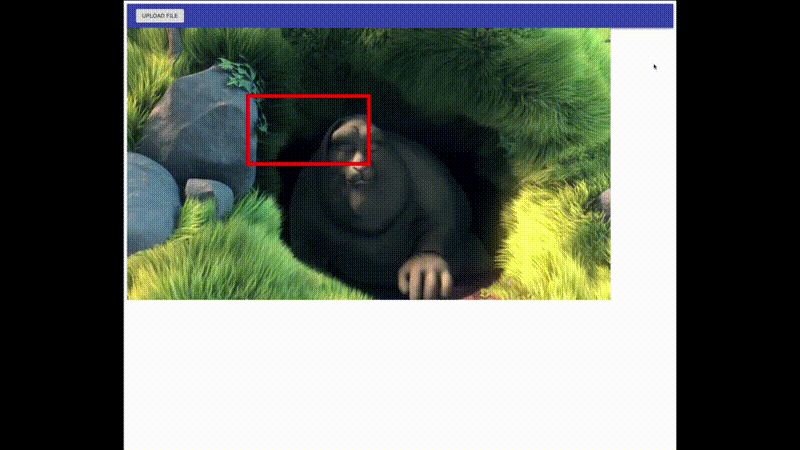Overview
Popcorn (details below) is a new app concept from WarnerMedia that is being tested in Q2 2020. The current version involves humans curating “channels” of content, which is sourced through a combination of automated services, crowdsourcing, and editorially selected clips. Project Redenbacher takes the basic Popcorn concept, but fully automates the content/channel selection process through an AI engine.
Popcorn Overview
Popcorn is a new experience, most easily described as “TikTok meets HBOMax”. WarnerMedia premium content is “microsliced” into small clips (“kernels”), and organized into classes (“channels”). Users can easily browse through channels by swiping left/right, and watch and browse a channel by swiping up/down. Kernels are short (under a minute), and can be Favorited or Shared directly from the app. Channels are organized thematically, for example “Cool Car Chases” or “Huge Explosions” or “Underwater Action Scenes”. Channels comprise content generated by the HBO editorial team, popularity/most watched, and from AI/algorithms.
Demo
Redenbacher Variant
Basic Logic
In Redenbacher, instead of selecting a specific channel, the user starts with a random clip. The AI selects a Tag that’s associated with the clip, and automatically queues up a next piece of content that has that same Tag in common. This continues until the user interacts with the stream.
